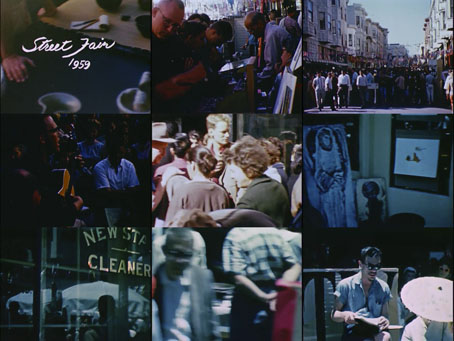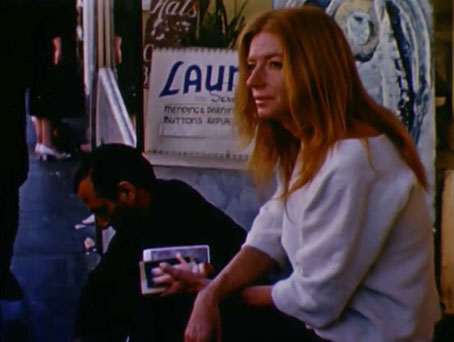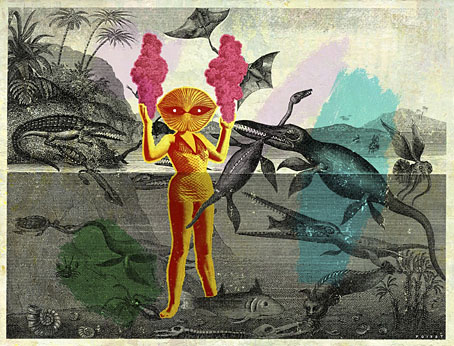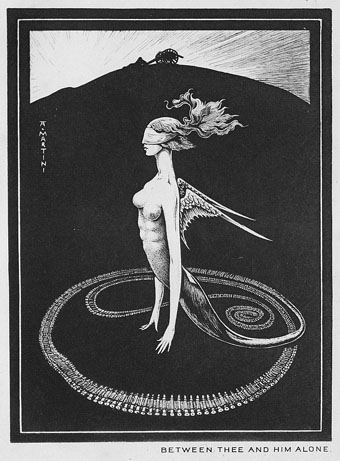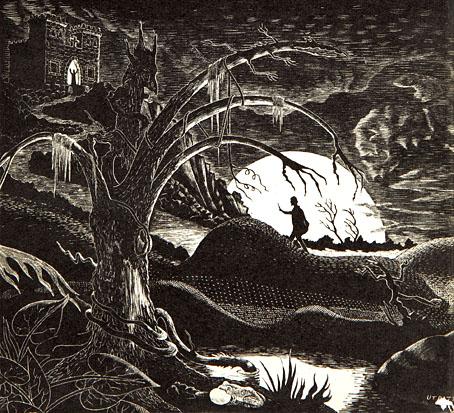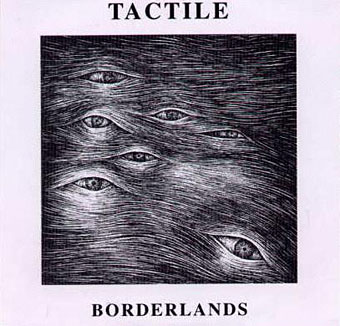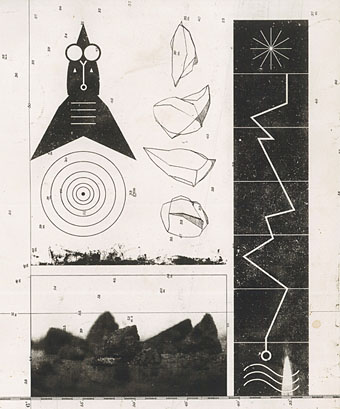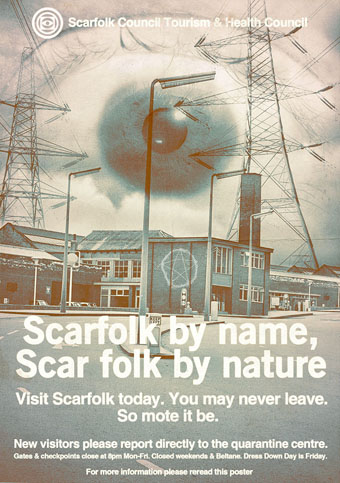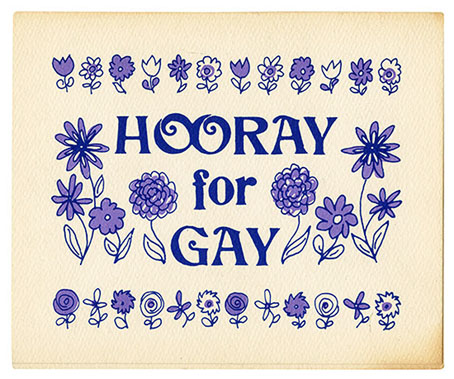The street is upper Grant Avenue, San Francisco, seven minutes of local colour captured on silent 16mm film by Edward Silverstone Taylor:
This edited Ektachrome home movie with professional titles documents a 1959 street fair, upper Grant Avenue, San Francisco—the center of Beat culture. The film includes shots of filmmaker Dion Vigne and his wife Loreon, artist and occultist Marjorie Cameron, and artist Wallace Berman, displaying and selling their art works.
The presence of Marjorie Cameron (below) is what fascinates in these quarters, recognisable thanks to her red hair and the distinctive profile seen when she played the Scarlet Woman in Kenneth Anger’s Inauguration of the Pleasure Dome five years earlier. You also see what appear to be a couple of her paintings. The street fair looks pretty bohemian for the late 50s but a glance at Anthony Stern’s frenetic San Francisco short from a decade later shows a much wilder place. (Via Dangerous Minds.)
Previously on { feuilleton }
• San Francisco by Anthony Stern
• Kenneth Anger on DVD again

